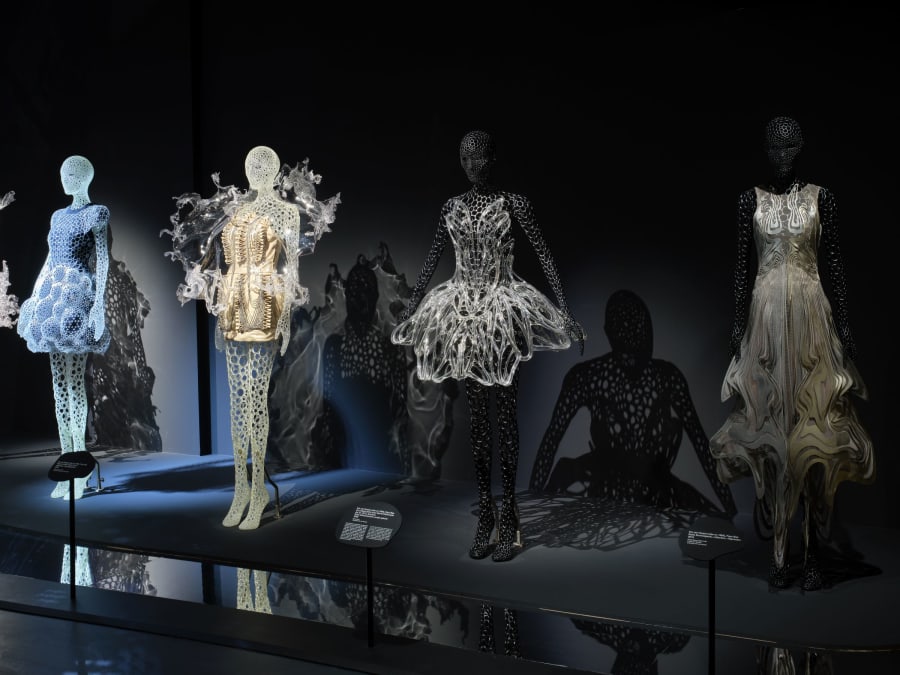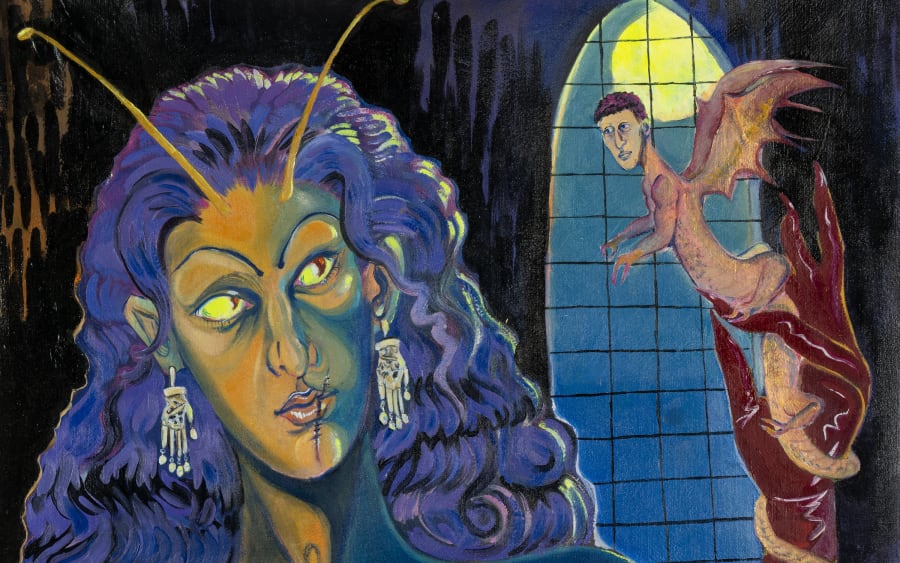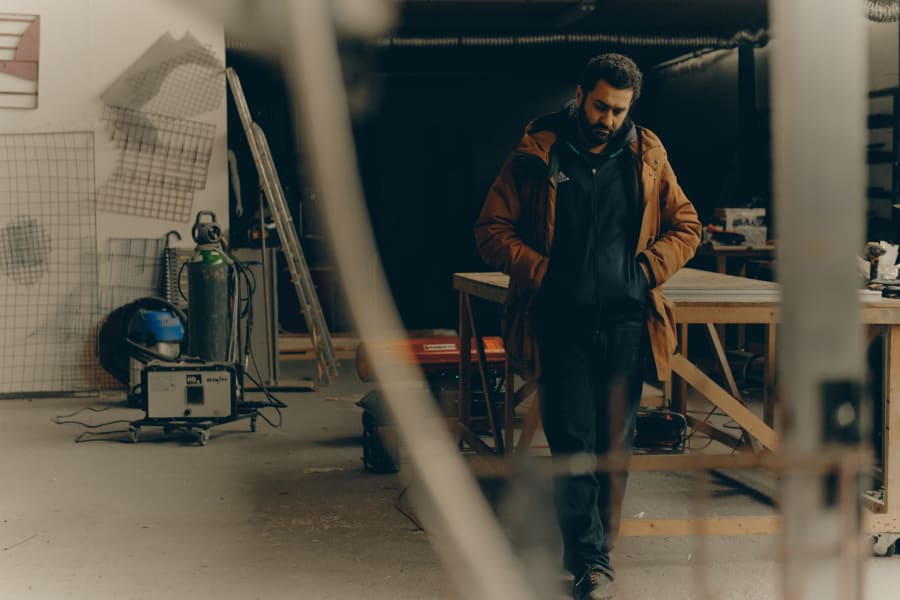‘Growing up, my parents were very interested in art. Artist like Brâncuși or Giotto were demigods for me. A friend of a friend was Hugo Häring, the architect who stored Malevich’s left-behind paintings during World War II until they went to the Stedelijk Museum. We got to see these paintings up close – he kept them rolled up under his bed here in Biberach [The small town in southern Germany was both Häring’s and the Laibs’ hometown.] – and they had a very strong influence on our family. In the 1950s, it was unusual to encounter such world-class art, in this provincial environment of southern Germany no less. It was a real stroke of luck.
‘When I met more artists however, I was disappointed and couldn’t imagine learning anything from them. So, I studied medicine – with idealism, but before I completed my degree, I realized I would still become an artist. Soon after, I made the first of my Milkstones: sculptures made of pure white marble with a small indention on the surface, which is filled with milk for a few hours in an exhibition. The Milkstone is everything that medicine wasn’t. That I would still make the same Milkstone 50 years later or scatter the same pollen 30 years later – to me that’s great. Similarly, formative literature, like Laozi’s writing, is still relevant to me 50 years on. A certain persistence and depth are only possible if you stay with something.
‘Right from the start, I had a naive sense of mission – actually I still do. To me, art is the most important thing in the world. I never moved to a big city for that outside influence; I created work from within myself, I lived it. But I wanted to show it to as many people as possible all over the world. And I have. It was never about just exhibiting, I wanted to show in the very best museums and galleries.
‘There’s incredible beauty in milk or in pollen. Although things have improved a little, beauty is still almost taboo in the art world, especially in Germany. When I started talking about beauty years ago, everyone rolled their eyes. Beauty was the poison in this ugly world, they said. But I believe the uglier the world is, the more important it is to have beauty – inner beauty. I’ve always defended that.
‘The Milkstones I grind by hand, pour milk into them, and involve other people in the process. For a short time, there is this concentration, an intensity. I don’t really want to call it a performance, it’s also a ritual, but then again, it’s something completely different. To me, this complexity is what makes it an important work of art and not just some decoration.
‘I don’t see myself as a performance artist at all. When I scatter pollen, it’s rarely in front of an audience, usually only the curator or museum director is there. But now the Musée de l’Orangerie in Paris has invited me to exhibit in the world-famous oval rooms with Monet’s water-lily paintings. As Monet’s statute stipulates no other works of art be exhibited there, I will be dispersing the pollen in a kind of performance, and it will be on display only for a few hours. Not many people will be able to see it, but the intensity of those few hours makes it incredibly precious.
‘It is fitting, as the pollen itself is so precious. I could scatter some every month in a museum or gallery anywhere in the world. When I decline, people think I’m arrogant, but it’s not like paintings you just hang on the wall; exhibitions are possible only once or twice a year. I’ve always collected the pollen exclusively in my immediate vicinity. I wanted to keep things simple and have been doing so for decades. There’s the dandelion pollen, for example: here in the foothills of the Alps, meadows turn yellow with dandelions for four to five weeks and I can then collect the pollen with a small jar. I dust it off and sift it so that it’s completely pure.
‘Sitting in the meadow is very, very nice, but very tiring – it takes hours for me to collect the pollen. I’m not the youngest anymore and climate change has made pollen more difficult to come by, as has aggressive agriculture, which is pushing the flowers out of the meadows. Collecting pollen was a lot easier 20, 30 years ago. And yet, I don’t like my work to be coopted by any fashionable topics like the climate crisis, my art is about much so more. I’m extremely modest in my private life. But when it comes to art, everything is at stake.’
Wolfgang Laib is represented by Alfonso Artiaco (Naples), Buchmann Galerie (Berlin, Lugano), Konrad Fischer Galerie (Berlin, Dusseldorf), Thaddaeus Ropac (London, Paris, Salzburg, Seoul), Lia Rumma (Milan, Naples), and Sperone Westwater (New York).
Wolfgang Laib
‘A Mountain not to climb on. For Monet’
Musée de l’Orangerie, Paris
March 6 - July 8, 2024
Wolfgang Laib
Buchmann Galerie, Lugano
Through April 24, 2024
All photos by Ramon Haindl for Art Basel.


